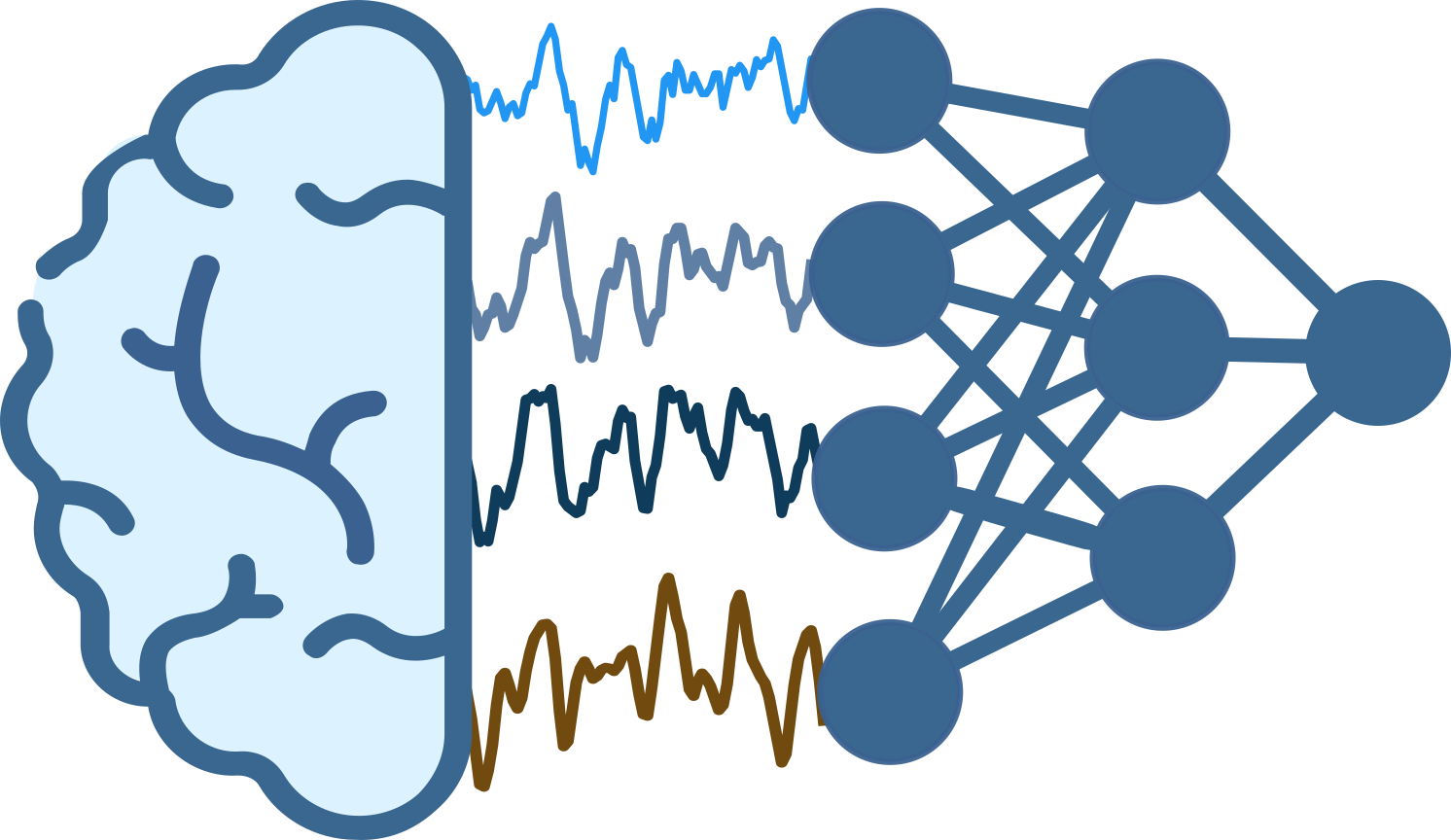braindecode.models.EEGResNet#
- class braindecode.models.EEGResNet(n_chans=None, n_outputs=None, n_times=None, final_pool_length='auto', n_first_filters=20, n_layers_per_block=2, first_filter_length=3, activation=<class 'torch.nn.modules.activation.ELU'>, split_first_layer=True, batch_norm_alpha=0.1, batch_norm_epsilon=0.0001, conv_weight_init_fn=<function EEGResNet.<lambda>>, chs_info=None, input_window_seconds=None, sfreq=250)[source]#
EEGResNet from Schirrmeister et al. 2017 [Schirrmeister2017].

Model described in [Schirrmeister2017].
- Parameters:
n_chans (int) – Number of EEG channels.
n_outputs (int) – Number of outputs of the model. This is the number of classes in the case of classification.
n_times (int) – Number of time samples of the input window.
final_pool_length – The description is missing.
n_first_filters – The description is missing.
n_layers_per_block – The description is missing.
first_filter_length – The description is missing.
activation (nn.Module, default=nn.ELU) – Activation function class to apply. Should be a PyTorch activation module class like
nn.ReLUornn.ELU. Default isnn.ELU.split_first_layer – The description is missing.
batch_norm_alpha – The description is missing.
batch_norm_epsilon – The description is missing.
conv_weight_init_fn – The description is missing.
chs_info (list of dict) – Information about each individual EEG channel. This should be filled with
info["chs"]. Refer tomne.Infofor more details.input_window_seconds (float) – Length of the input window in seconds.
sfreq (float) – Sampling frequency of the EEG recordings.
- Raises:
ValueError – If some input signal-related parameters are not specified: and can not be inferred.
Notes
If some input signal-related parameters are not specified, there will be an attempt to infer them from the other parameters.
References
[Schirrmeister2017] (1,2)Schirrmeister, R. T., Springenberg, J. T., Fiederer, L. D. J., Glasstetter, M., Eggensperger, K., Tangermann, M., Hutter, F. & Ball, T. (2017). Deep learning with convolutional neural networks for , EEG decoding and visualization. Human Brain Mapping, Aug. 2017. Online: http://dx.doi.org/10.1002/hbm.23730
